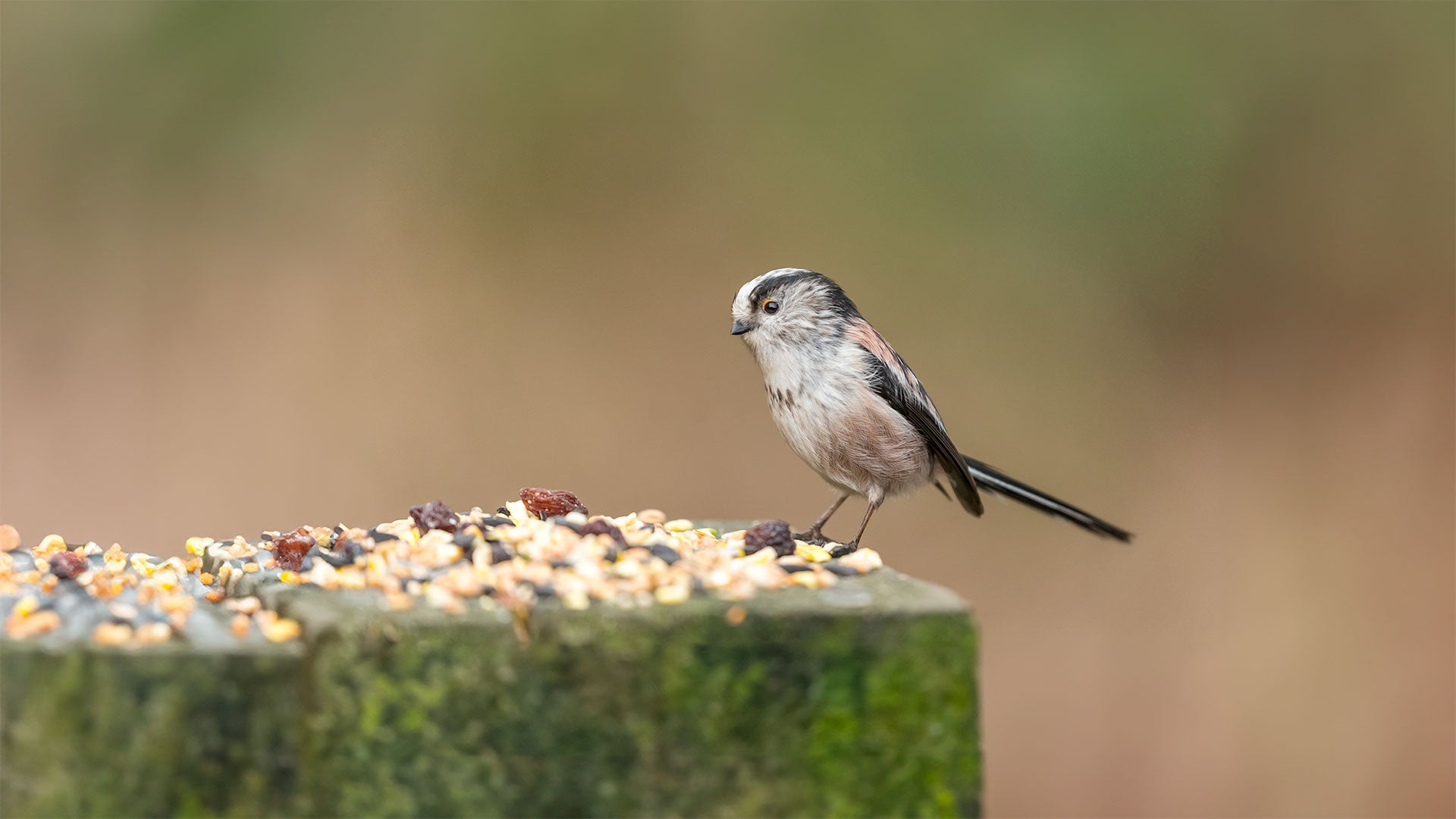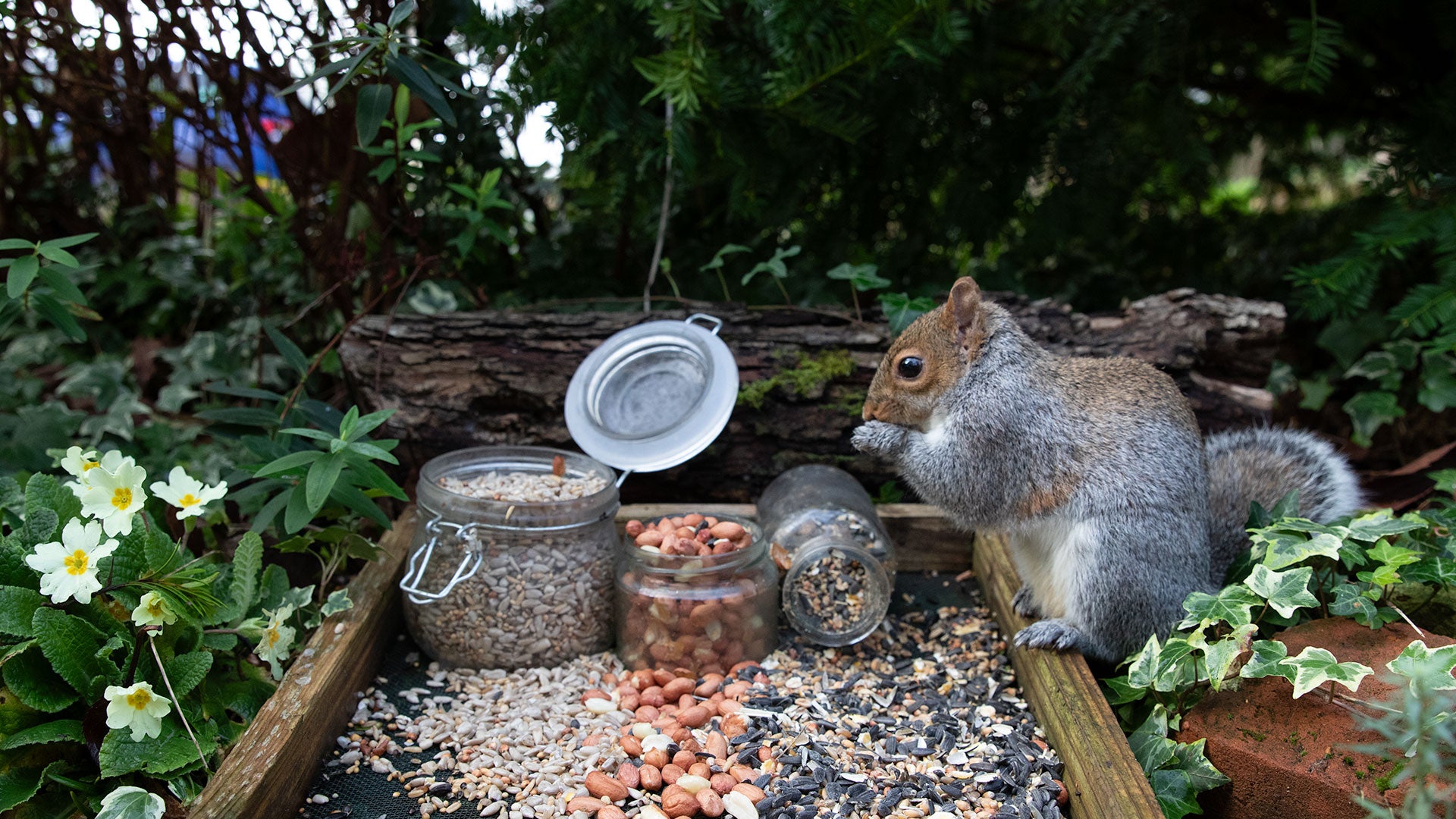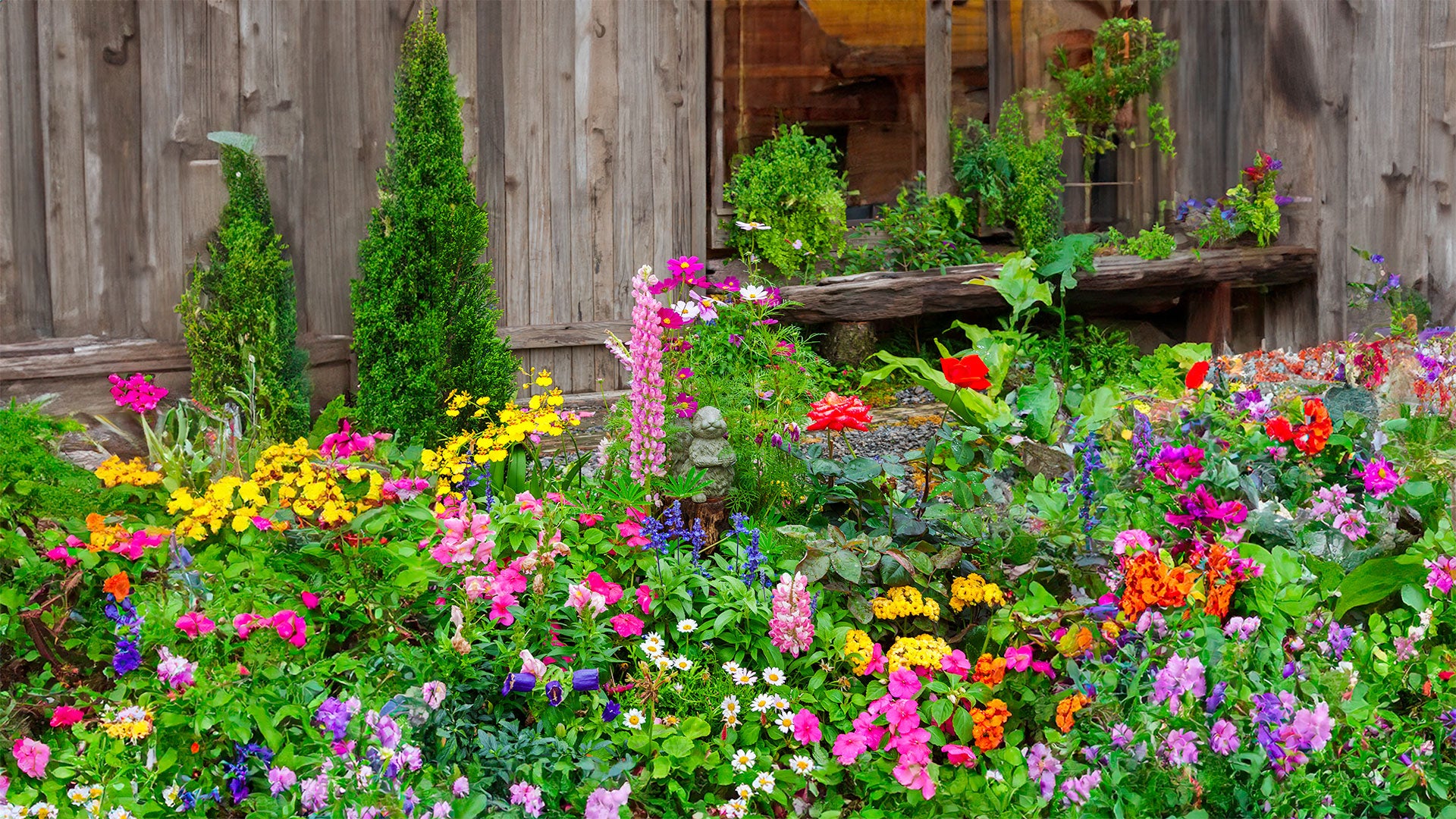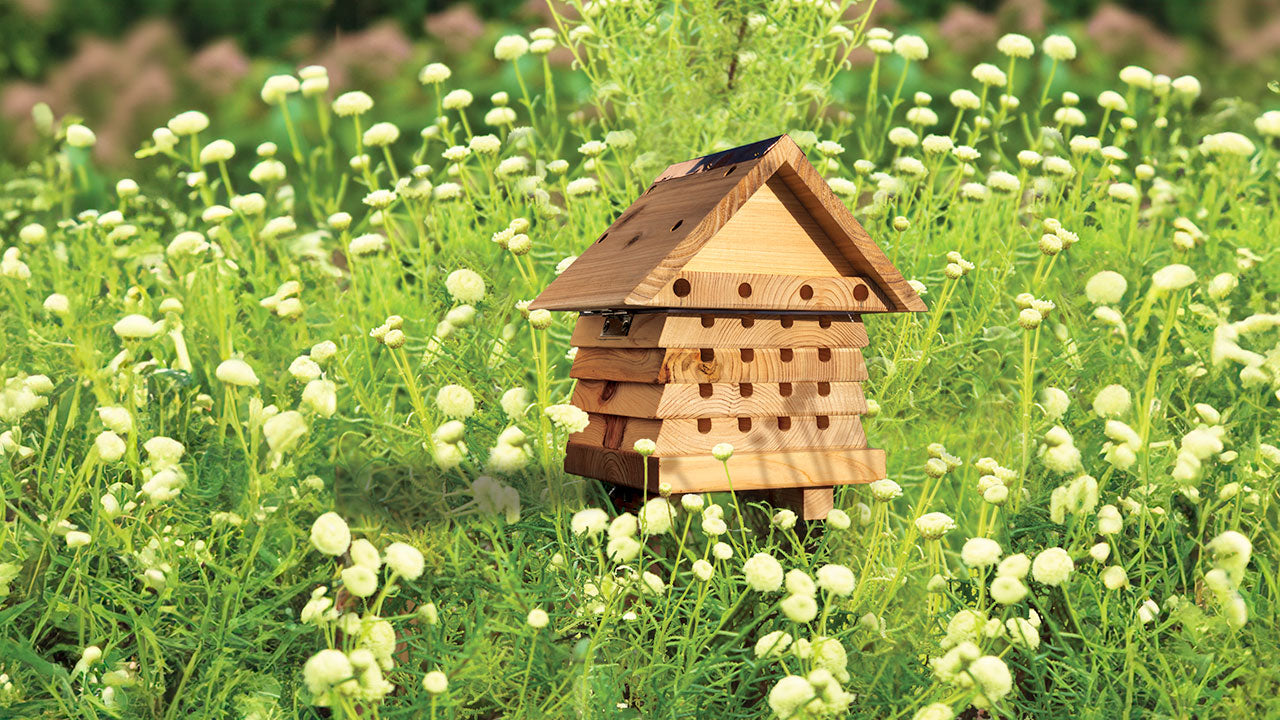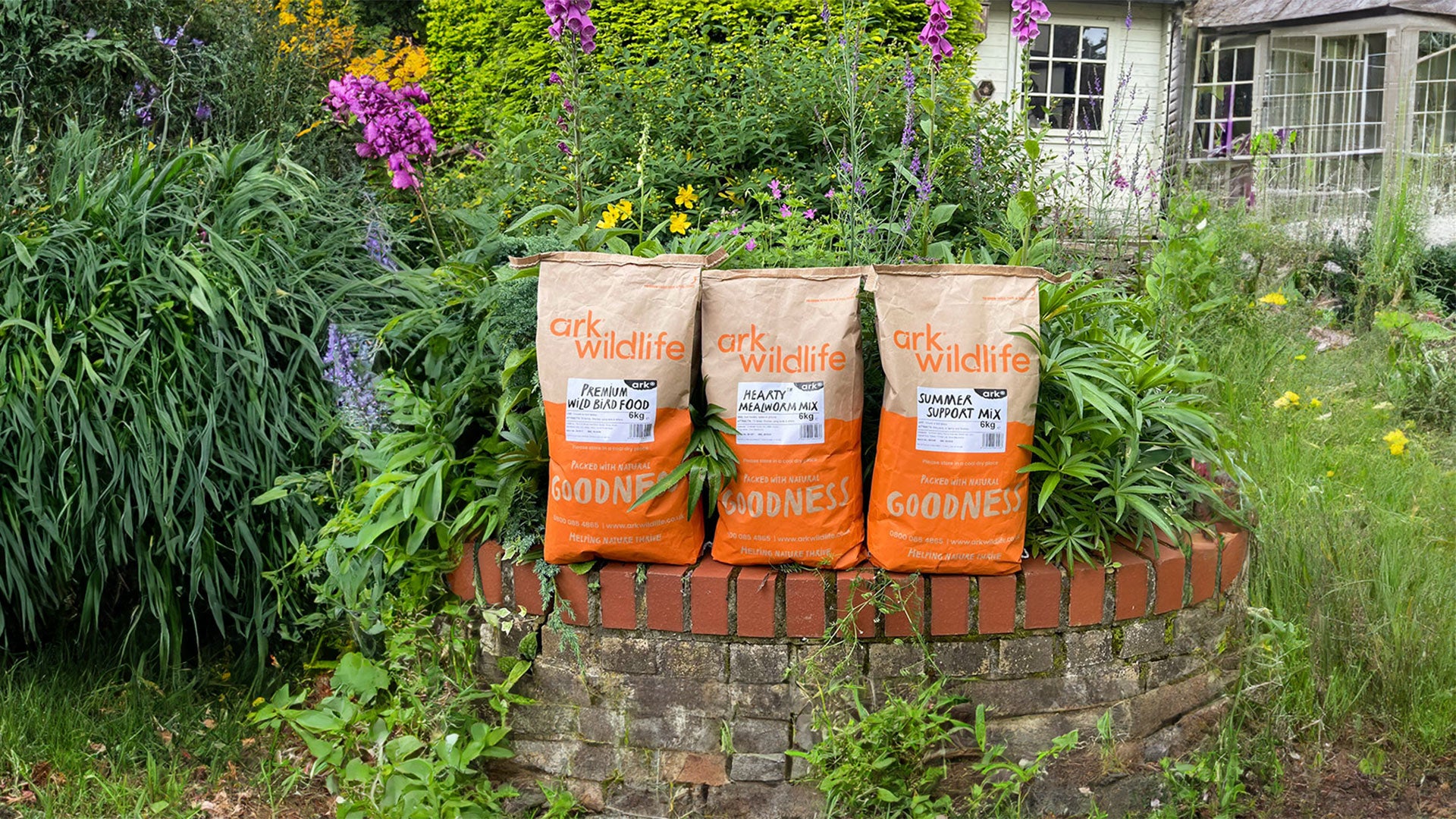Spring is garden bird breeding season. After feeding, adding a bird nest box is the natural next step to rewilding your garden and now is the perfect time to add one. Here are some quick and easy tips to help you find the best location to give your nesting birds the best start.
Firstly, birds choose different types of home in which to build their nests. Some birds, such as blue tits like a snug fitting hole to squeeze through. Others, such as nuthatches, prefer finding a larger cavity and then back filling it with a mud and saliva mix. Others still, prefer an open site that gives them visibility of potential predators approaching.
Secondly, different birds have preferred locations and heights at which they like to nest. Even direction of entry and exit from the nest makes a difference. For example, treecreepers like the feel of tree bark under their toes and therefore won’t use a smooth timber nest box!

What are the best bird boxes for different birds?
Let’s look at some of the preferences for a few of our common garden visitors.
- Blue tits like a nest box with a hole about 25-26mm diameter at a height between 2-4 meters high.
- Great tits prefer a nest box with a hole 28-32mm diameter and at a height of 4-6 meters.
- House Sparrows are communal nesters preferring to make nests close to one another. Under the eaves of houses and with holes about 32-34mm diameter. You can also purchase nest boxes for sparrows
- Starlings like house sparrows prefer to nest under the eaves of houses but with holes about 45mm diameter.
- Robins like deep undergrowth or low hollows in trees and therefore like a nest box low to the ground, about a meter high, with a fully open front.
- Blackbirds often build nests in trees but will happily adopt a nest box, if it has good front and side visibility, in a quiet spot about 1-2 meters high.

How to correctly site a nest box
When you are ready to site your new nest box, there are a few do’s and don’ts (guidelines, as there are no absolutes with wildlife) to give your nest boxes the best chances of adoption. As well as helping the birds have a greater likelihood of successfully fledging their brood.
Bird Nest Box Do’s
- Do place the nest box facing north, north-east.
- Do leave a clear flight path in and out of the nest box.
- Do locate near a tree or shrub in which the parent can land and check the coast is clear before entering the nest box.
- Do leave an active nest box alone and keep noise and disturbance to a minimum.
- Do keep putting bird food and fresh water out for the busy parents.
Bird Nest Box Don’t
- Don’t add pegs or perches on the front of nest boxes which can be used by predators.
- Don’t expose the nest box to direct midday or afternoon sunshine.
- Don’t point the hole or open side of the nest box to westerly winds.
- Don’t forget to take time to enjoy the birds in your garden. It’s a joy watching young birds emerge from a nest box, to take their first flight from a home that you provided.

Now let's look at a few specifics...
Which direction should a bird nesting box face?
Bird nest boxes should ideally face between north and east. This will catch morning sunshine but avoid the heat of the midday sun. It will also keep them out of our prevailing wind and rain which usually comes from the west. The bird nest box should ideally also be tilted marginally forward to allow any rain to run clear of the entrance. This all helps create a more suitable and safe environment for eggs and growing birds.
What time of year should you site a bird nest box?
Garden birds will look for places to roost or store food during the winter, often returning to nest in the spring. For this reason, siting your nest box in late autumn or early winter is ideal. However, there’s never really a bad time to site a nest box as each season brings a different use.
How high up should a bird nest box be installed?
For small hole and open nest boxes:
In gardens, nest boxes can be hung at eye-level (1 to 2m) to enable them to be checked and cleaned from the ground. In parks, woodlands and orchards, boxes can be hung at between 2.5 and 4m (open boxes for birds such as robins should not be sited above 2m) and some research suggests these higher levels show a higher level of occupancy. Do not put anything inside the box; small birds always build new nests each year. If you are interested in attracting more robins to your garden, see our range of nest boxes for robins.

Larger nest boxes for owls, hawks and doves.
Hang between 4-6m. Such boxes will be more readily adopted if a thick layer of wood shavings or sawdust is spread over the hollowed out floor of the box.
Direction of the entrance hole:
The entrance hole should usually face north-east to south-east to avoid strong sunshine and the wettest winds but this is not always necessary if the site is sheltered from the wind.
Can you put bird boxes near each other?
The number of nest boxes depends on the particular habitat and its surroundings. In gardens a nest box can be hung on every second tree if there are few other nesting sites nearby. No minimum distance is required between the birds; two pairs of tits will happily breed right next to each other. Depending on the available supply of food and the season, birds will determine the minimum distance themselves. In woodland, depending on the age and type of trees, and the level of predators present, approximately 5-15 nest boxes can be hung per acre.
In general the different types of nest boxes should be distributed as follows:
Depending on local habitat and birds present, approximately 60% of nest boxes should have holes with a diameter of 32-35mm and 20% of diameter 25-28mm. The remaining 20% should consist of nest boxes suitable for tree creepers, open-fronted nest boxes or nest boxes for birds that nest in crevices. Not all the nest boxes will be occupied by nestlings because many may also be used as a night time refuge or to store food. If 60-70% of the boxes are found to have been occupied, this is regarded as saturation level but figures will vary naturally from year to year. Specialist boxes such as owls and hawks should be sited sparingly because they require large hunting territories and will fight vigorously to protect good nesting sites.
How to attract birds to your bird nest box
The first step to encourage birds to use your nest box is to attract them to your garden. Try leaving out bird food in bird feeders, ground feeders or scattered on the floor near your nest box. Once the birds have found your nest box, move any feeders a little further away so they don’t feel threatened by other nearby birds.
It’s also a good idea to keep a fresh supply of water nearby too. Birds need water just as much as they need food, so having a bird bath or water drinker can help attract more species into your garden.

How to clean a bird nesting box:
Nest boxes can be cleaned by removing the old nest completely. This can be done during October and November. Simply scrape out the old nest, the use of a spray or similar product is only recommended from propriety bird cleaning brands as many household cleaning fluids may be toxic to birds. If the nest box is very soiled or full of parasites, it is advisable to wash it out with boiling water and an animal/bird safe disinfectant.
Fixing:
When fixing a bird box to a tree use adjustable straps that expand with the tree, or special aluminium nails. Aluminium nails are particularly useful because they avoid the damage which copper or steel nails will cause to the tree and are safe for chainsaws and blades if the timber is subsequently cut.
Occupancy by other animals:
Most of our natural ancient landscape has been lost leaving a shortage of nesting places for all our wildlife. As a result, nest boxes may be occupied by species other than those for which they were intended, such as bumble bees, wasps, and various small mammals. All of them deserve protection, so leave them undisturbed.
We also stock a wide range of specialist nest boxes and bird nesting materials for attracting more birds to your garden.
External sources/references:
BTO’s Nesting Neighbours project
BTO’s FAQS about bird nest boxes
The RSBP’s guide to conflicts at nest boxes

